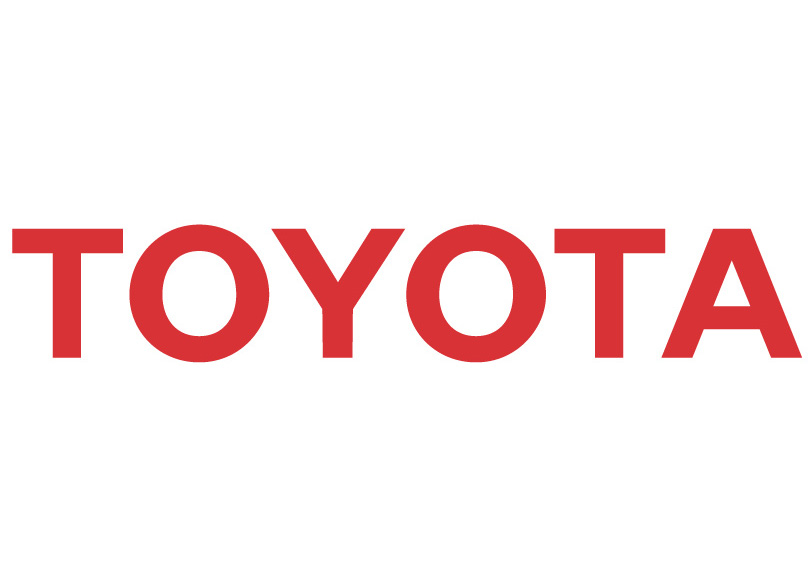Stedi maintains this guide based on public documentation from Toyota Motor Sales. Contact Toyota Motor Sales for official EDI specifications. To report any errors in this guide, please contact us.

X12 856 Advance Shipment Notice
—
Delimiters
- ~ Segment
- * Element
- > Component
Powered by
Build EDI implementation guides at stedi.com
Overview
ISA
-
Max use 1
Required
GS
-
Functional Group Header
Max use 1
Required
GE
-
Functional Group Trailer
Max use 1
Required
IEA
-
Max use 1
Required
—
- T
- Transportation Data Coordinating Committee (TDCC)
- X
- Accredited Standards Committee X12
Heading
Heading end
Detail
HL Loop Shipment
RequiredMax >1
—
- PD
- Physical Dimensions (Product Ordered)
TD5
19
Detail > HL Loop Shipment > TD5
Carrier Details (Routing Sequence/Transit Time)
RequiredMax use 12
—
Example
—
- 2
- Standard Carrier Alpha Code (Motor) (SCAC)
N1 Loop
RequiredMax >1
N1 Loop end
HL Loop Order
RequiredMax >1
PRF
12
Detail > HL Loop Shipment > HL Loop Order > PRF
Purchase Order Reference
RequiredMax use 1
—
Example
N1 Loop
RequiredMax >1
N1 Loop end
HL Loop Item
RequiredMax >1
HL
7
Detail > HL Loop Shipment > HL Loop Order > HL Loop Item > HL
Hierarchical Level
RequiredMax use 1
—
Example
LIN
8
Detail > HL Loop Shipment > HL Loop Order > HL Loop Item > LIN
Item Identification Detail
RequiredMax use 1
—
Usage notes
—
Example
SN1
10
Detail > HL Loop Shipment > HL Loop Order > HL Loop Item > SN1
Item Detail (Shipment)
RequiredMax use 1
—
Example
HL Loop Item end
HL Loop Order end
HL Loop Shipment end
Detail end
Summary
Summary end
EDI Samples
Sample 1
ST*856*000086572~
BSN*00*000000000000014*020430*1239~
DTM*011*020430*1025~
HL*1**S*1~
MEA*PD*G*14500*LB~
MEA*PD*N*2000*LB~
TD1*BOX90*80~
TD5*B*2*RDWY*LT~
REF*BM*0000000029~
N1*ST**92*KY~
HL*2*1*O*1~
PRF*TS200001~
REF*MH*00130034~
N1*SU**92*0219X~
HL*3*2*I*0~
LIN**BP*861500W020*VN*0002*CA*21900001~
SN1**10*PC~
HL*4*2*I*0~
LIN**BP*861000W030*VN*0003*CA*21900002~
SN1**10*PC~
HL*5*2*I*0~
LIN**BP*861600W090*VN*0004*CA*21900003~
SN1**10*PC~
HL*6*2*I*0~
LIN**BP*86280AC043*VN*0005*CA*21900004~
SN1**10*PC~
HL*7*2*I*0~
LIN**BP*861600W240*VN*0006*CA*21900005~
SN1**10*PC~
HL*8*2*I*0~
LIN**BP*862800W070*VN*0001*CA*21900006~
SN1**10*PC~
HL*9*1*O*1~
PRF*TS200004~
REF*MH*00130034~
N1*SU**92*0219X~
HL*10*9*I*0~
LIN**BP*861500W020*VN*0002*CA*21900007~
SN1**10*PC~
CTT*10~
SE*41*000086572~
BSN*00*000000000000014*020430*1239~
DTM*011*020430*1025~
HL*1**S*1~
MEA*PD*G*14500*LB~
MEA*PD*N*2000*LB~
TD1*BOX90*80~
TD5*B*2*RDWY*LT~
REF*BM*0000000029~
N1*ST**92*KY~
HL*2*1*O*1~
PRF*TS200001~
REF*MH*00130034~
N1*SU**92*0219X~
HL*3*2*I*0~
LIN**BP*861500W020*VN*0002*CA*21900001~
SN1**10*PC~
HL*4*2*I*0~
LIN**BP*861000W030*VN*0003*CA*21900002~
SN1**10*PC~
HL*5*2*I*0~
LIN**BP*861600W090*VN*0004*CA*21900003~
SN1**10*PC~
HL*6*2*I*0~
LIN**BP*86280AC043*VN*0005*CA*21900004~
SN1**10*PC~
HL*7*2*I*0~
LIN**BP*861600W240*VN*0006*CA*21900005~
SN1**10*PC~
HL*8*2*I*0~
LIN**BP*862800W070*VN*0001*CA*21900006~
SN1**10*PC~
HL*9*1*O*1~
PRF*TS200004~
REF*MH*00130034~
N1*SU**92*0219X~
HL*10*9*I*0~
LIN**BP*861500W020*VN*0002*CA*21900007~
SN1**10*PC~
CTT*10~
SE*41*000086572~
Stedi is a registered trademark of Stedi, Inc. All names, logos, and brands of third parties listed on this page are trademarks of their respective owners (including “X12”, which is a trademark of X12 Incorporated). Stedi, Inc. and its products and services are not endorsed by, sponsored by, or affiliated with these third parties. Use of these names, logos, and brands is for identification purposes only, and does not imply any such endorsement, sponsorship, or affiliation.